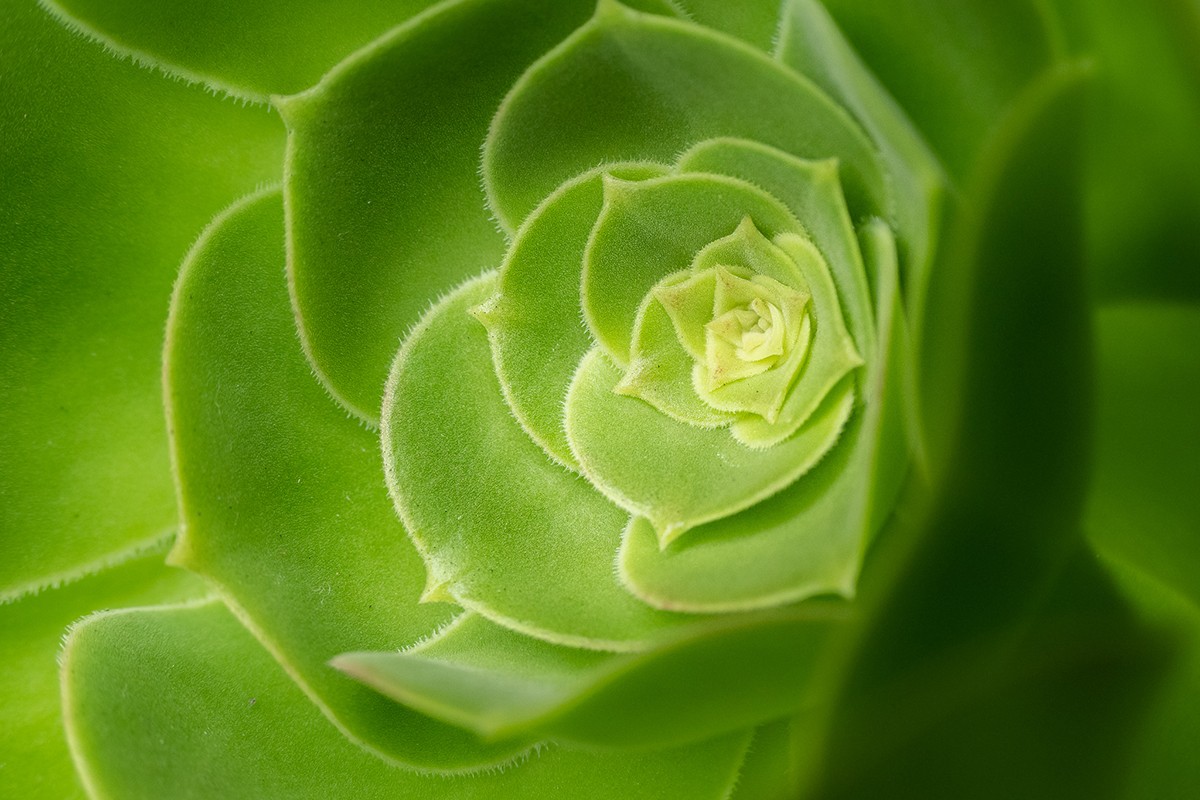A Bug’s-Eye View
Alyce Bender uses the Tamron 50-400mm VC VXD ultra-telephoto zoom to take macro-style photos of a biodiverse world.
Share the article:
More Photo Tips | Video Gallery | Photo Gallery | Enewsletter sign-up
By Jenn Gidman
Images by Alyce Bender
In late 2020, Alyce Bender moved from Las Vegas to San Antonio, and she soon got to work setting up a pollinator garden in her backyard. “I love being able to capture macro-style pictures right outside my door and highlight the biodiversity that plants, flowers, and insects bring to our world,” she says. “Many people will travel to, say, the Tetons to photograph moose or antelope, and I still do that, too, but I want to also draw attention to the tinier creatures and habitats that people often stroll right by in their own neighborhoods.”
Whether she’s exploring her yard or looking for resident flora and fauna during her travels, Alyce has found it almost impossible to switch to any other lens since trying out the new Tamron 50-400mm Di III VC VXD ultra-telephoto zoom lens on her Sony mirrorless camera system. “I adore this lens,” she says. “It ticks all of the boxes for me. It’s so versatile in its focal-length range, it’s super-sharp, and with a maximum magnification ratio of 1:2, that puts me back in the macro game even though I’ve switched to mirrorless.”
Because the 50-400mm offers so much for her, Alyce rarely changes lenses in the field. “That’s important, as many of the dusty, humid, or wet environments I’m working in aren’t conducive to those swaps—especially when I’m working with a mirrorless camera system, where my sensor isn’t protected by a mirror,” she says.
Key to Alyce’s creative process is infusing a little mystery into every image. “That’s what makes shooting with the 50-400mm so much fun,” she says. “I like to make my viewers think a little more when they’re looking at my photos, and that lens allows me to offer new perspectives on subjects you might not normally consider. Plus, people often think you have to travel across the world to achieve the most stunning pictures. There’s so much beauty you can find in your own backyard or local park if you’re willing to scope out your environment in search of those tinier things. My Tamron 50-400mm lens helps me do that.”
Read on to see how Alyce has recently used the Tamron 50-400mm lens to create her thought-provoking close-up photos.
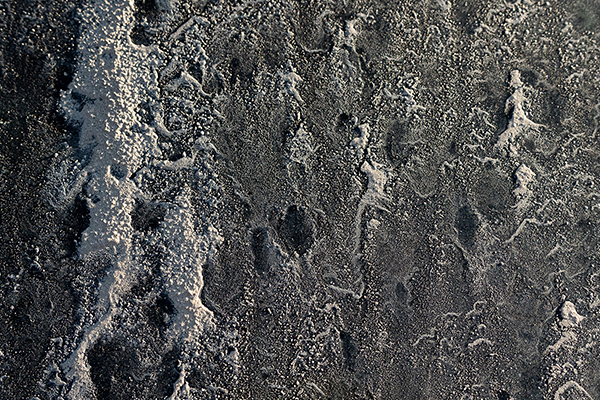
50-400mm (50mm), F/13, 1/500 sec., ISO 2000
Click image to view larger
I’d just come back from photographing wild horses in the northwestern Utah desert when I spotted this dust on the back window of my vehicle. I hadn’t washed my car in a while, and the dust had become pretty thick. I loved the patterns it created on the window—I like to think of it as a topographical “dustscape.” Getting up close with my 50-400, it felt like it was mimicking aerial photos of a desert landscape. It boasted the same lines and textures and may make the viewer think, “What exactly am I seeing here?”

50-400mm (64mm), F/5.6, 1/250 sec., ISO 5000
Click image to view larger
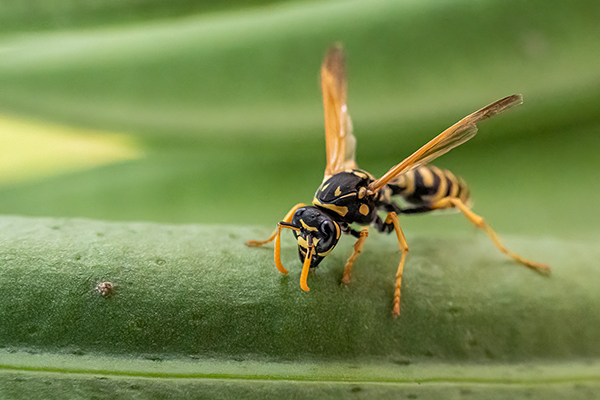
50-400mm (50mm), F/7.1, 1/160 sec., ISO 4000
Click image to view larger
For the first yellow-jacket image you see here, I’d been wandering in the Wasatch Mountains of Utah, seeking out fall colors to photograph. Instead, I heard buzzing and stumbled upon a whole colony of yellow jackets that were collecting sap or other sugars from the evergreen branches. The Minimum Object Distance (MOD) of this lens is just 9.8 inches. So, while achieving macro shots like this while shooting in the 50mm to 70mm range, your lens hood can practically be touching your subject. Luckily, I’m not afraid of yellow jackets, and this one was more or less peaceful.
The interesting thing about the second yellow-jacket photo, taken on a seed pod hanging off of a plant, is that I originally took the picture as a vertical. However, I present it horizontally, because I think it works better this way. As an artist, it’s acceptable to alter the orientation of a scene if it will help you tell a stronger story.

50-400mm (68mm), F/5.6, 1/200 sec., ISO 640
Click image to view larger
This is the center of an agave plant, where the petals haven't quite fallen open yet, so you can see all its layers. I was drawn in by how the teeth were almost interlocking with each other, and how you can also see the imprint of the teeth from when the leaf had been folded over. Having a lens like the 50-400 allows you to take an in-depth look at a plant that most people might ignore, and to capture an image that tells the story of how the plant is growing and evolving and thriving.
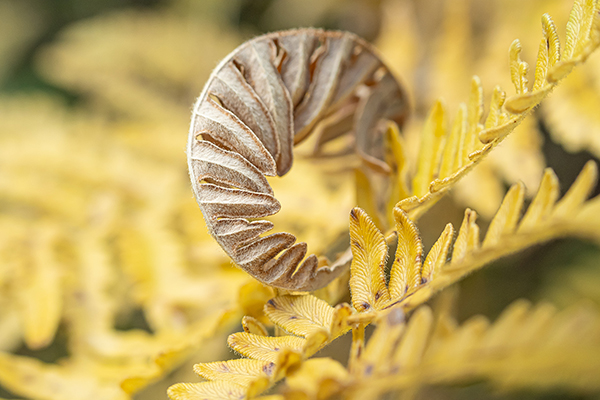
50-400mm (50mm), F/7.1, 1/250 sec., ISO 800
Click image to view larger
This is my favorite photo out of this set. It highlights the amazing image quality I’m able to achieve with the 50-400. If you were to zoom in, you’d see every hair on that curled fern. That’s especially wild to me because this was shot handheld. To be able to walk down a trail during a hike, not have to worry about carrying a tripod, and be able to capture these intricate details in nature is phenomenal to me.
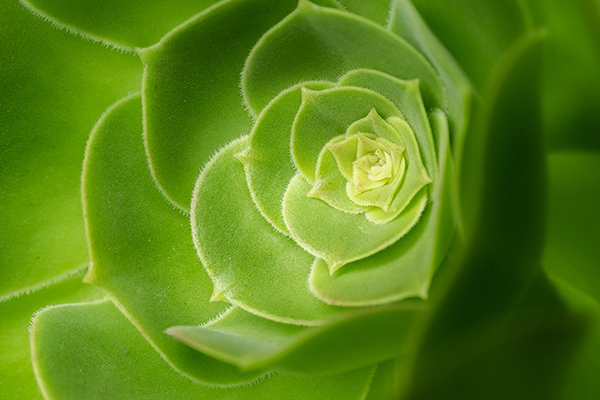
50-400mm (50mm), F/7.1, 1/500 sec., ISO 2500
Click image to view larger
I took this photo in Monterey, California, where succulents grow wild. I love the concentric pattern, with the layers emerging out of the middle of the plant. I wanted to get in really close, because I didn’t want to capture the entire plant. The 50-400 helped me isolate just the portion I wanted and concentrate on all the fine detail. I also appreciate the depth-of-field I’m able to achieve with this lens. I can pinpoint exactly where I want to focus and then allow everything else to drop off into a nice, soft bokeh.

50-400mm (50mm), F/6.3, 1/400 sec., ISO 8000
Click image to view larger
This was a particularly misty morning in Monterey. I loved the colors of this wild aloe plant, especially the way those tiny yellow teeth stick out from the green portion of the plant. The plant had also become saturated with dewdrops, which created the almost linear patterns you see here. If you get the chance to photograph flowers or plants with water droplets on them, do it. Certain plants are beautiful on their own, but water drops can radically transform how a plant or flower looks in your frame.
To see more of Alyce Bender’s work, go to www.abenderphotography.com.
More Photo Tips | Watch Videos | Learn More About Tamron Lenses | Photo Gallery
